How NASA Uses Gravity and Radio Waves to Study Planets and Moons
The Deep Space Network, NASA's international
collection of giant radio antennas used to
communicate with spacecraft at the Moon and
beyond, helps scientists and engineers use gravity and
radio science experiments to learn more about our
planetary neighborhood.
After reaching a spacecraft reaches its destination, it
uses radio antennas to communicate with the Deep
Space Network, which in turn transmits radio signals
back to the spacecraft. Every spacecraft travels in a
predetermined path emitting radio signals as it orbits
around its target. Scientists and engineers can infer
the spacecraft's location and how fast it's going by
measuring changes in the spacecraft's radio signal
frequency. This is made possible by the Doppler
effect, the same phenomenon that causes a siren to
sound different as it travels towards and away from
you.
The Doppler phenomenon is observed here when the
spacecraft and the Deep Space Network antenna
move in relation to each other. Differences between
the frequency of radio signals sent by the spacecraft
as it orbits and signals received on Earth give us
details about the gravitational field of a planetary
body. For example, if the gravity is slightly stronger,
the spacecraft will accelerate slightly more. If gravity
is slightly weaker, the spacecraft will accelerate
slightly less. By developing a model of the planetary
body's gravitational field, which can be mapped as a
gravitational shape, scientists and researchers can
deduce information about its internal structure.
The Deep Space Network was developed by and is
managed by NASA's Jet Propulsion Laboratory (JPL)
in Southern California. The antennas of the Deep
Space Network are the indispensable link to robotic
explorers venturing beyond Earth. They provide the
crucial connection for commanding our spacecraft
and receiving never-before-seen images and scientific
information on Earth, propelling our understanding of
the universe, our solar system and ultimately, our
place within it.
JPL manages the Deep Space Network for the Space
Communications and Navigation (SCaN) Program,
based at NASA Headquarters within the Space
Operations Mission Directorate
#NASA: General NASA-related content.
#Space: Content related to space exploration and astronomy.
#Mars: Content related to Mars missions.
#ISS: Content related to the International Space Station.
#Astronomy: Content related to astronomical discoveries.
#Science: General science-related content.
#STEM: Content related to science, technology, engineering, and mathematics.
#SolarSystem: Content about our solar system and its exploration.
#Earth: Content related to Earth
#nasa #spacex #astronomy #space #cosmos #hubble #astrophysics #astronaut #mars #universe #telescope #cosmology #galaxy #esa #hubbletelescope #falcon9 #iss #spaceexploration #planets #solarsystem #blackhole #galaxies #science #isro #astrophotography #starship #spacetravel #physics #nebula #astrobiology
#technology #tech #technews #gadgets #engineering #instatech #technologynews #electronics #techie #innovation #techworld #techy #gadget #programming #techlover #engineer #technologies #techgadgets #futuretech #coding #smartphone #computerscience #robotics #inventions #newtechnology #software #techgeek #technologythesedays #computer #programmer
#vlog #vlogger #vlogging #vlogsquad #vlogbrothers #vlogchanel #vloggerlifestyle #vlogingcamera #vlogs #makingvideos #vloglife #vloggerlife #newchannel #vloggers #ビデオメイキング #fashionvlogger #viners #vinevideo #vloger #comedyvine #bloggerswanted #mobilevideo #mobilejournalism #beautyvlogger #mobilefilm #filmicpro #bloglife #audiopost #subscribetomychannel #travelvideo
-
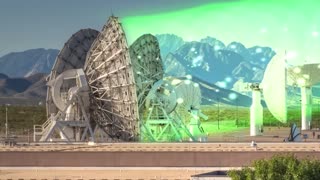 1:58
1:58
NASA Videos Plus
9 months agoHow Does NASA communicate with spacecraft?
212 -
 12:07
12:07
Future Space
1 year agoNasa Detects New Alien Life Radio Signals From Outer Space
140 -
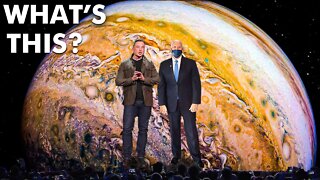 9:42
9:42
Future Space
1 year agoElon Musk & NASA's Terrifying NEW Discovery On Jupiter Changes Everything!
355 -
 12:52
12:52
ZEEY1
1 year agoNASA DETECTED FM RADIO SIGNAL FROM JUPITER'S MOON GANYMEDE
22 -
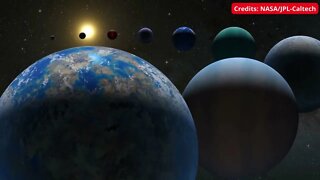 6:54
6:54
ABCofUniverse
2 years agoHubble Telescope,James Webb,Exoplanets,March Equinox,Axiom-1,Perseverance rover @NASA @Marcus House
46 -
 26:36
26:36
TeslaWirelessRadio
2 months agoOrbiter X Radio BBC ep04 Flight to the Moon
33 -
 2:28
2:28
Nasa Videos
3 months agoA Commercial Mission Heads to the Moon With NASA Science on This WEEK@NASA - FEBRUARY 16,2024
50 -
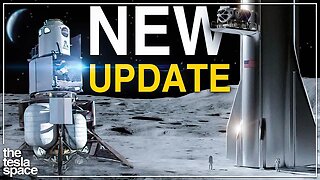 13:27
13:27
The Tesla Space
1 year agoHow SpaceX and NASA Are Going To The Moon!
3 -
 27:12
27:12
TeslaWirelessRadio
2 months agoOrbiter X Radio BBC ep05 Inside the Moon Station
40 -
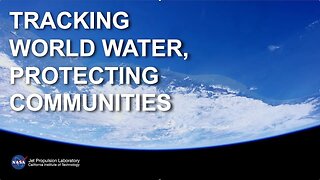 4:25
4:25
Phenomenal Universe
9 months agoSWOT Earth Science Satellite Will Help Communities Plan for a Better Future